Professor John McPhee, P.Eng., studies things that move. What does that mean exactly? In McPhee’s words, his “research is devoted to the modelling, control, simulation and design of dynamic physical systems.”
McPhee, who received his degrees in Mechanical Engineering from Acadia University, the Technical University of Nova Scotia and the University of Waterloo, is currently a professor in Systems Design Engineering and the Canada Research Chair in System Dynamics at the University of Waterloo.
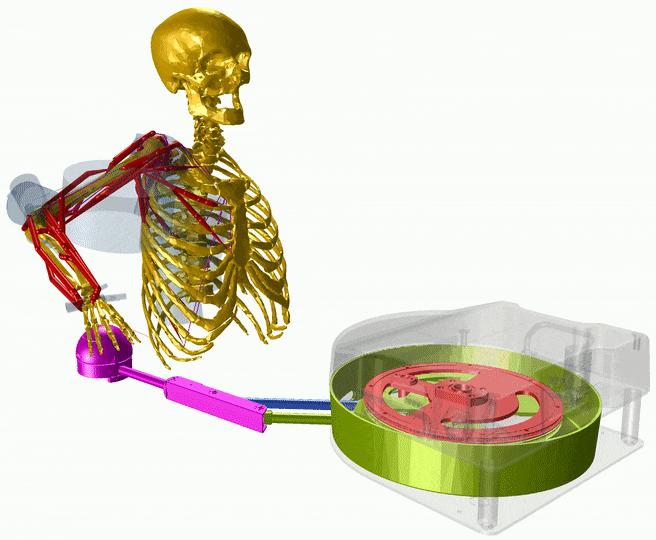
He is also the Director of the university’s Motion Research Group, which brings together students and professionals who develop computer models of the real world. These models are used to improve the design and control of mechanical, mechatronic and biomechatronic systems, with applications in everything from autonomous vehicles, to rehabilitation robots and sports equipment.
“Essentially, we are trying to develop new and better products for human users, whether that be automobiles, assistive devices, sports equipment or wearable technologies,” explains McPhee.
“We use advanced mathematics, physics and chemistry to develop equations that govern the dynamic response of a system. With these equations, we create computer simulations that can predict the efficiency, time response and effectiveness of a product or system. This means we know how a new product will perform before it’s even built, saving time and money for all parties involved.”
McPhee pioneered the use of linear graph theory and symbolic computing to model dynamic systems. His research algorithms have been commercialized by an Ontario company called Maplesoft and are a core component of the MapleSim modelling software, which is used by engineering teams at Toyota, NASA JPL, Ford, Moog and Canon, to name a few. McPhee’s research partners include the Canadian Sports Institute, Intellijoint Surgical, Toyota, Canadian Tire Innovation and Ping Golf.
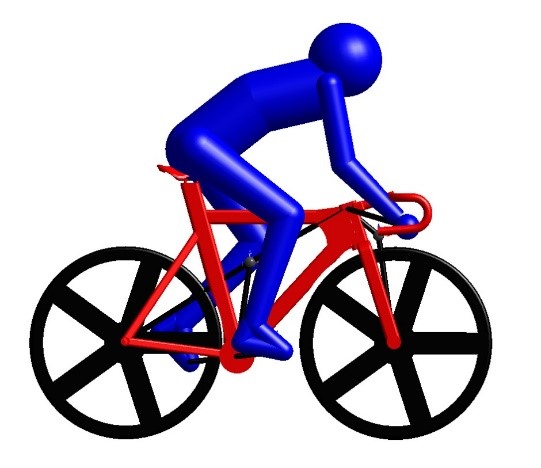
Team Canada Olympic Cyclist
He has supervised over 85 graduate students and post-doctoral fellows and has received numerous awards for his teaching and research, including the NSERC Synergy Award from the Governor General of Canada.
McPhee is a member of the Golf Digest Technical Panel and has served as the Associate Editor of seven international journals – two of which he helped found. Having completed his Masters degree with Gordon Andrews, P.Eng., who wrote the textbook for engineering graduates preparing to take the Professional Practice Exam, McPhee has become a co-author on this foundational text on ethics in engineering. McPhee was also a co-founder of the Waterloo Centre for Automotive Research (WatCAR), which has become the largest academic cluster for automotive engineering research in Canada.
Q&A with John McPhee:
—
Could you explain what systems design engineering is all about?
Systems design engineering is an interdisciplinary program at the University of Waterloo. Students take electrical, computer and mechanical engineering courses, as well as those related to human factors and design. Personally, I was drawn to this program because I’ve always enjoyed learning new ideas from other disciplines.
I’d say this program appeals most to students who are high-level thinkers with a wide range of interests. They will learn systems theories, which provide a unifying emphasis on both theoretical concepts and practical design. Our research teams are made up of faculty and students, who work on anything from advanced modelling to exoskeleton development. Dynamics and control methodologies have applications that range from the development of autonomous vehicles, to intelligent surgical tools for hip replacement surgeries.
How would you describe your teaching style? What do you enjoy most about teaching?
When I teach, I use what some might consider an old-fashioned teaching method – a chalk board. This slows down my explanations to the pace of my students, who see the work appearing before their eyes at the same speed at which they’re absorbing it. I strongly encourage discussion and questions in my classes. Usually if one person has a question, other students have the same question.
Like many instructors, I love the ‘ah-ha’ moments. It’s the most satisfying feeling when the class ‘gets it’ and they progress to the next concept. This applies both in the classroom and with my grad students outside of lectures, where the interactions are more collaborative than instructional. When my students and I work on research projects, we learn from each other. Together, we see how far we can push the envelope.
What theories, concepts and principles are at the core of your team’s work?
System Dynamics: We develop dynamic models and designs for anything that moves. The team uses linear graph theory and symbolic computing to develop formulations that automatically generate equations of motion. Graph theory provides a unified approach for modelling multiple domains (e.g. mechanical, electrical, thermo-fluid) and symbolic computing results in highly optimized code for real-time simulation and control.
Model-based Control and Optimization: We also develop model-based optimal controllers for automotive systems and human movements; in both applications, we strive for optimal performance. Symbolic computing facilitates sensitivity analysis and optimizes the computational efficiency of our model-based controllers, and we have developed homotopy optimization algorithms to identify model parameters from noisy or incomplete experimental data.
What are some ‘real-world’ projects that your team has tackled?
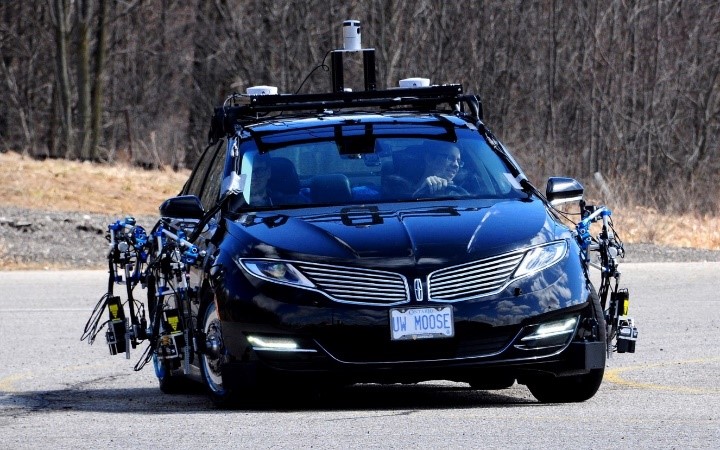
Advanced Vehicle Systems: Our multi-domain modelling and control methods are well-suited to vehicle system applications. New battery and engine models have been developed for hybrid powertrain systems; our model-based controllers reduce the fuel consumption and emissions from hybrid vehicles and extend the range of pure electric vehicles. In recent years, we have focused on the dynamics and control of the Autonomoose, the University of Waterloo autonomous car, on which our model-based controllers are now running.
Before deployment on a real car, our controllers are tested in real-time simulations of complete vehicle dynamics on desktop computers and in our new $500k driving simulator. We have a number of Toyota vehicles in our research fleet, which we test on our track using a $1M vehicle dynamics measurement system and in our $10M Green and Intelligent Automotive (GAIA) facility.
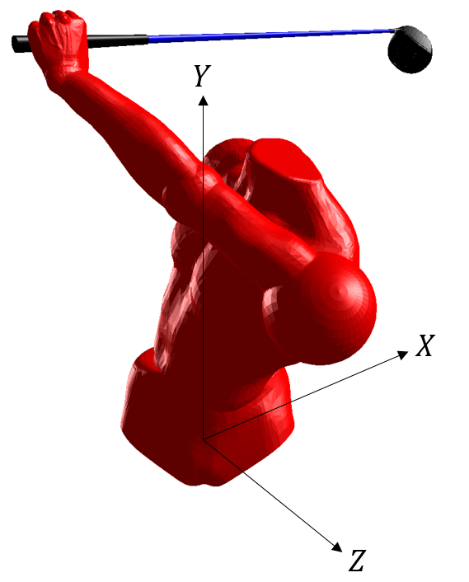
Biomechatronic and Sports Engineering: We are very active in the dynamic simulation and control of human movement, rehabilitation and assistive device design, and the effect of equipment design on athletic performance. Detailed models of musculoskeletal systems and foot-ground contact forces are used to predict natural human movements prior to experimental testing, and our model-based controllers effectively mimic the actions of the central nervous system. Our lab and field experiments make use of camera-based motion capture, an Xsens MVN suit, portable force plates and pressure mats, EMG systems, an AboutGolf simulator, a hockey slapshot robot, a stroke rehabilitation robot, and Photron high-speed cameras. Our computational models are now being combined with artificial intelligence and computer vision to track human movement in an effort to understand and improve the underlying mechanics.

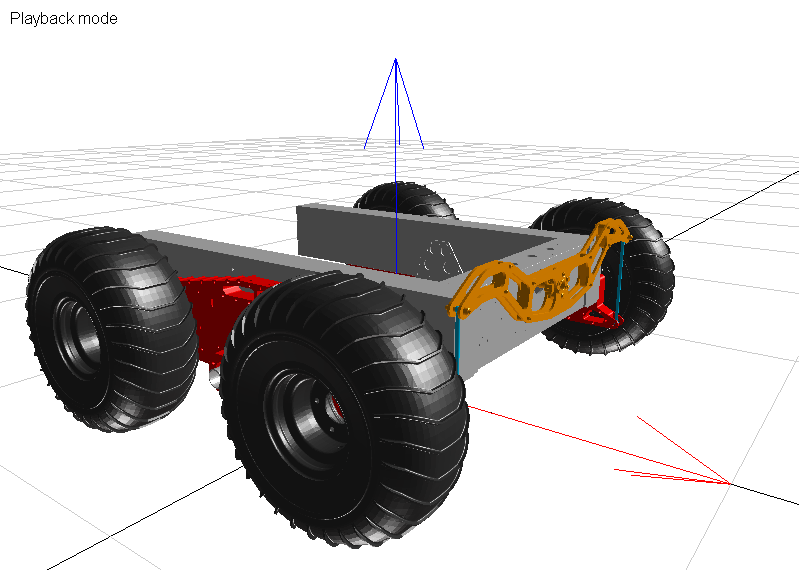
Mechatronics, Mechanisms and Machinery: Our research applications go beyond vehicles and humans; we are interested in anything that moves. We have studied piano action mechanisms with Steinway, door mechanisms with Magna Closures, and robotic arms, walkers, and rovers with the Canadian Space Agency. We continue to collaborate with industry partners who are tackling the dynamics and control of mechanisms and machinery, and we are always looking for a new research challenge.
(Source: Motion Research Group > Projects)
Any advice for engineering students and recent graduates?
Explore a variety of applications for your skills and develop new skills when needed. Tackling problems in various areas of application requires high-level thinking, creativity, trial-and-error and significant elbow grease, but you will discover what you love most in the process.
If you find a subject area that interests you, you’ll be happiest and motivated to work hard at becoming great at what you do. That enthusiasm and drive will lead others to want to work with you. At the end of the day, you should spend your time doing what you love most.

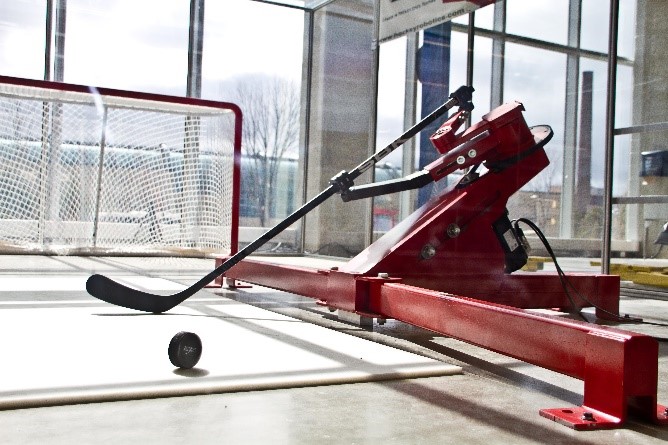



Leave a Comment